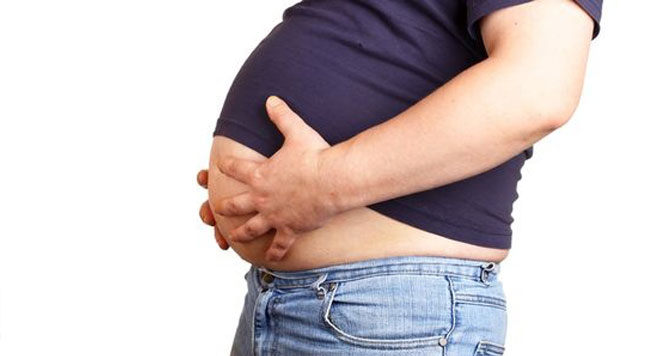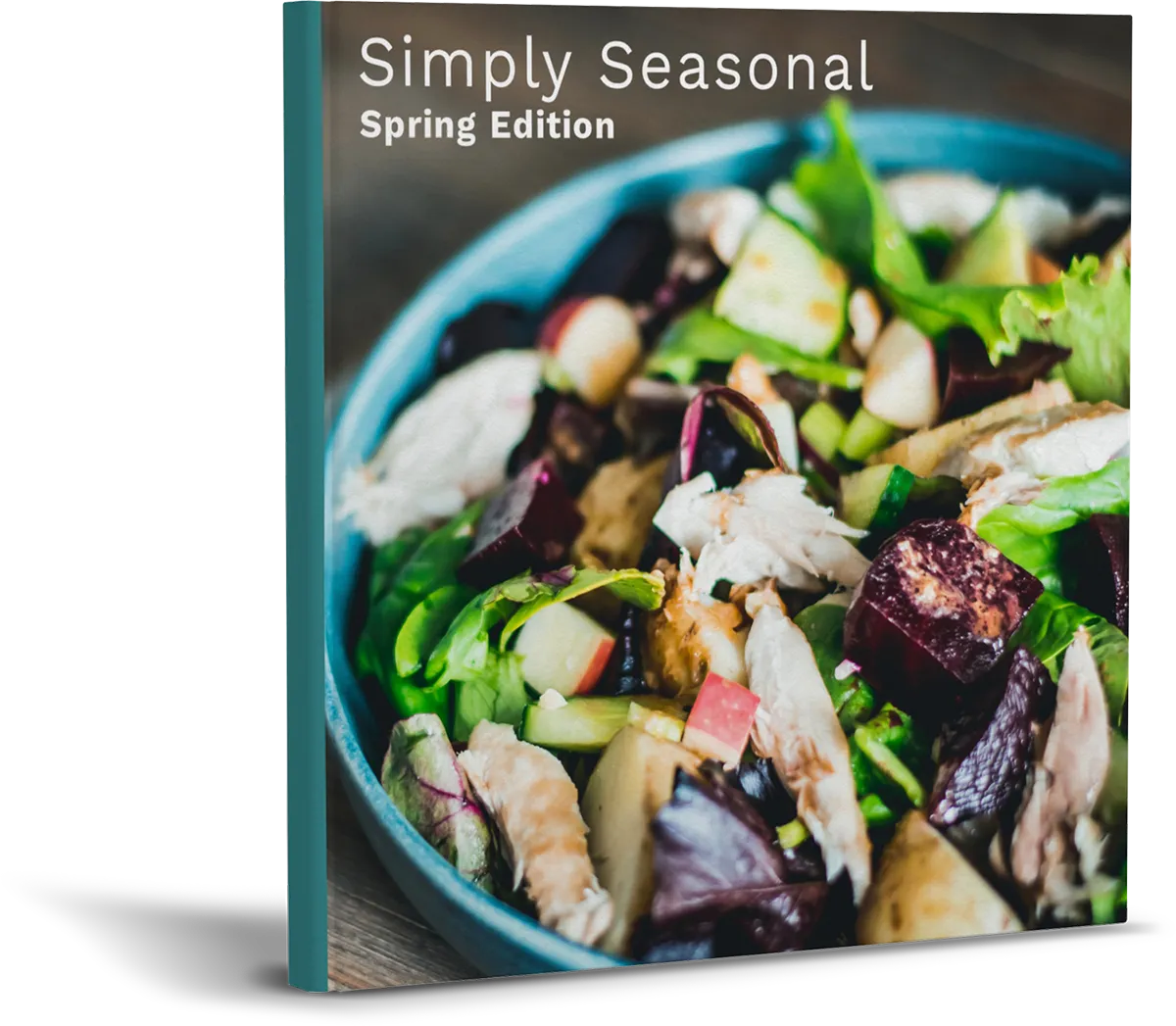In my clinic I spend a lot of my time pinching my clients skin and taking their body fat measurements. The method I use called Biosignature Modulation is a great way of seeing where a client is predominately storing body fat under their skin, otherwise known as subcutaneous fat.
Although this is an excellent tool in giving indications of certain poor dietary and lifestyle habits that may be having a negative effect on certain hormones and thus health, it is unable to measure the deep fat that surrounds the organs, otherwise known as visceral fat.
In this article I am going to focus on effective ways to help manage visceral fat. Visceral fat can not only make you look like a pot belly pig but it is particularly hazardous to your overall health. Here are a few of the negative effects of visceral fat.
- Increases inflammation within the organs.
- Has been shown to increase blood pressure.
- Can have a negative effect on insulin health and thus can lead to the development of diabetes.
- Increases triglycerides in the blood, one of the major risk factors for heart disease.
- Reduces certain hormones that are essential for reducing fat and increasing metabolism.
- Can lower testosterone in men.
Hopefully the above is a good enough reason to try and adopt some of the strategies I am about to lay out for preventing visceral fat gain.
Dietary recommendations
Although dietary recommendations should always be individual here are a few key areas that can help reduce visceral fat. Of course it goes without saying that these are in addition to eating a clean healthy diet made out of foods from 10,000 years ago. This is one of the most effective guidelines in nutrition; always ask yourself this question before putting it in your mouth. Would I have had access to this food 10,000 years ago? If the answer is no, then it probably is not that good for you.
Limit your fructose intake
- Most individuals should limit their intake of fruit to 1-2 portions per day, choosing lower glycemic fruits. The more active and the leaner you are, generally the more you can handle.
- Excessive fructose intake has been shown to slow thyroid function, increase insulin resistance and lower metabolism. Fortunately in the UK we have not gone to the excesses of the USA where high fructose syrups are in almost anything. In a recent trip to the states I was shocked by how much it is in over there. The corn industry has a real grip on the overall health of Americans and that is why so many of them are extraordinarily fat.
- The best fruit options for lowest fructose to glucose ratios alongside low glycemic include: plums, apricot, all berries, grapefruit, lemon, limes and oranges.
- High fructose ratio containing fruits include: all dried fruits, figs, dates, prunes, apples and pears.
- All sugar replacement products should be limited to very rare occasions or completely removed such as agave nectar, fruit syrups and corn syrups.
Limit or remove intake of grains, especially gluten based grains
Avoid damaged fats
Improve your gut ecology
- Prebiotics that feed good bacteria in the gut and probiotics that are the good bacteria in the gut appear to be very helpful in reducing belly fat.
- Prebiotic foods include: Artichokes, Onions, Garlic, Asparagus, Leeks, Bananas, Peas, Legumes, Chives, Chicory.
- Probiotic Foods include: unpasteurised yogurt, Kefir, sauerkraut.
Exercise recommendations
The majority of research and in my own clinical experience seems to point towards the use of High Intensity Interval Training (HIIT) and high intensity resistance training as the most effective method of dropping belly fat. Today I am going to focus on cardio based HIIT for its ease to be completed by most individuals.
If you would like additional help with your weight loss goals, don’t hesitate to contact me using the form below.
Contact Steve Grant Health
To learn more out how Steve Grant Health can assist you on your journey, please fill out the enquiry form below.
Please note that depending on your specific circumstances and goals, Steve may recommend that you work with one of the specialist practitioners within his network of trusted professionals.
If you have been referred by a clinician, please complete the form and ensure that you state who has referred you or have your practitioner email Steve direct to make a referral that way.
Click the button below to open the client enquiry form:
[widgetkit id=”643″]


